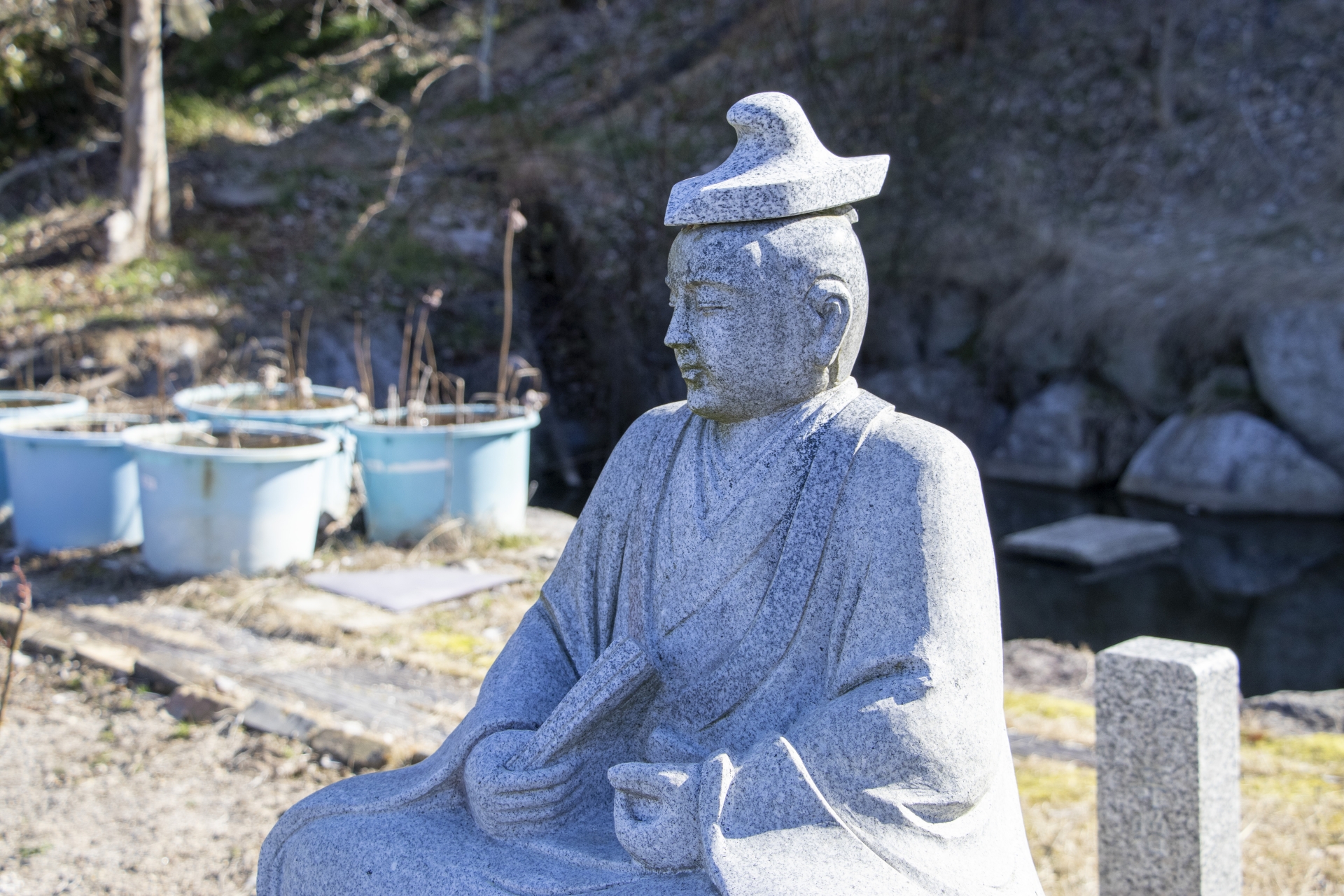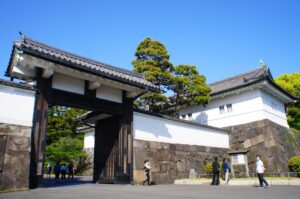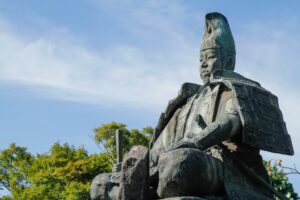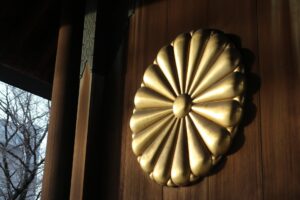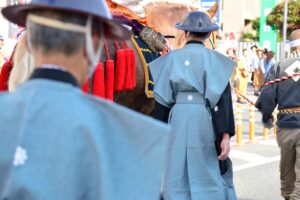Akechi Mitsuhide, a samurai and general during Japan’s turbulent Sengoku period, is most famously known for turning against his lord, Oda Nobunaga, in 1582—a move that drastically changed the course of Japanese history. While often portrayed as a traitor, recent perspectives explore the complexity behind his motives, legacy, and cultural image. This article delves into what made Mitsuhide both infamous and fascinating.
Who Was Akechi Mitsuhide?
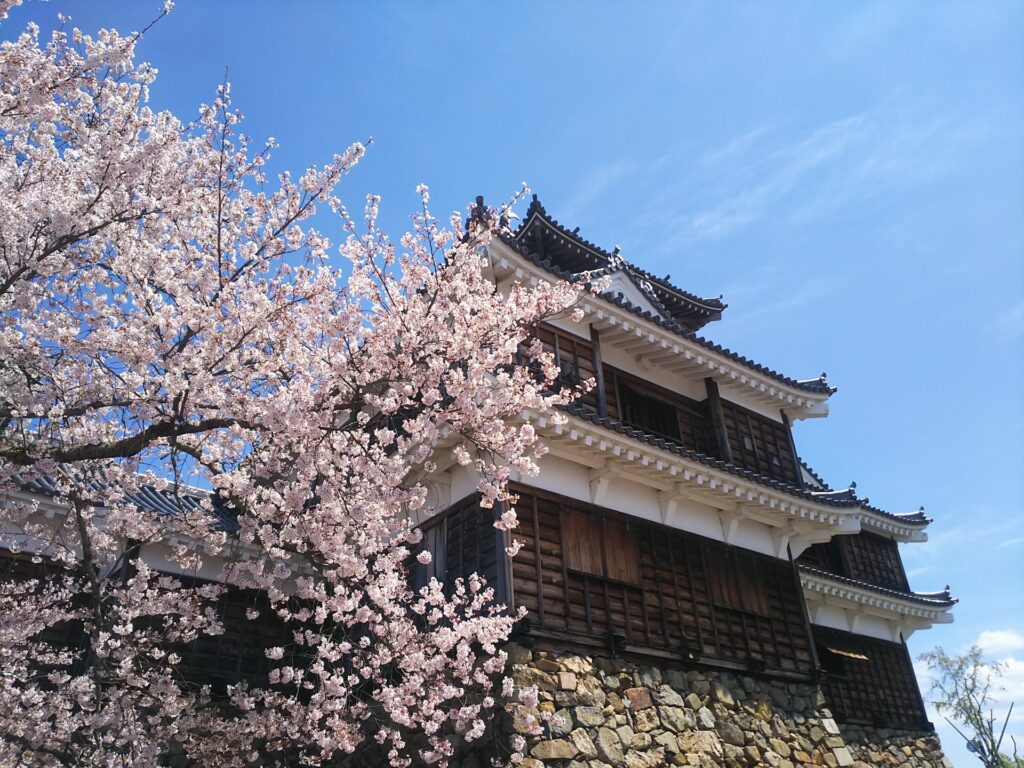
Akechi Mitsuhide was a prominent samurai general during Japan’s Sengoku period, a time marked by relentless warfare and political upheaval. Born around 1528 into a minor branch of the Toki clan in Mino Province, Mitsuhide rose from relatively modest beginnings. His early career saw him serve Ashikaga Yoshiaki, the last shogun of the Ashikaga shogunate, which brought him into contact with Oda Nobunaga—a rising warlord bent on unifying Japan. Mitsuhide eventually pledged loyalty to Nobunaga and became one of his trusted generals, gaining territory and prestige through military success and administrative competence.
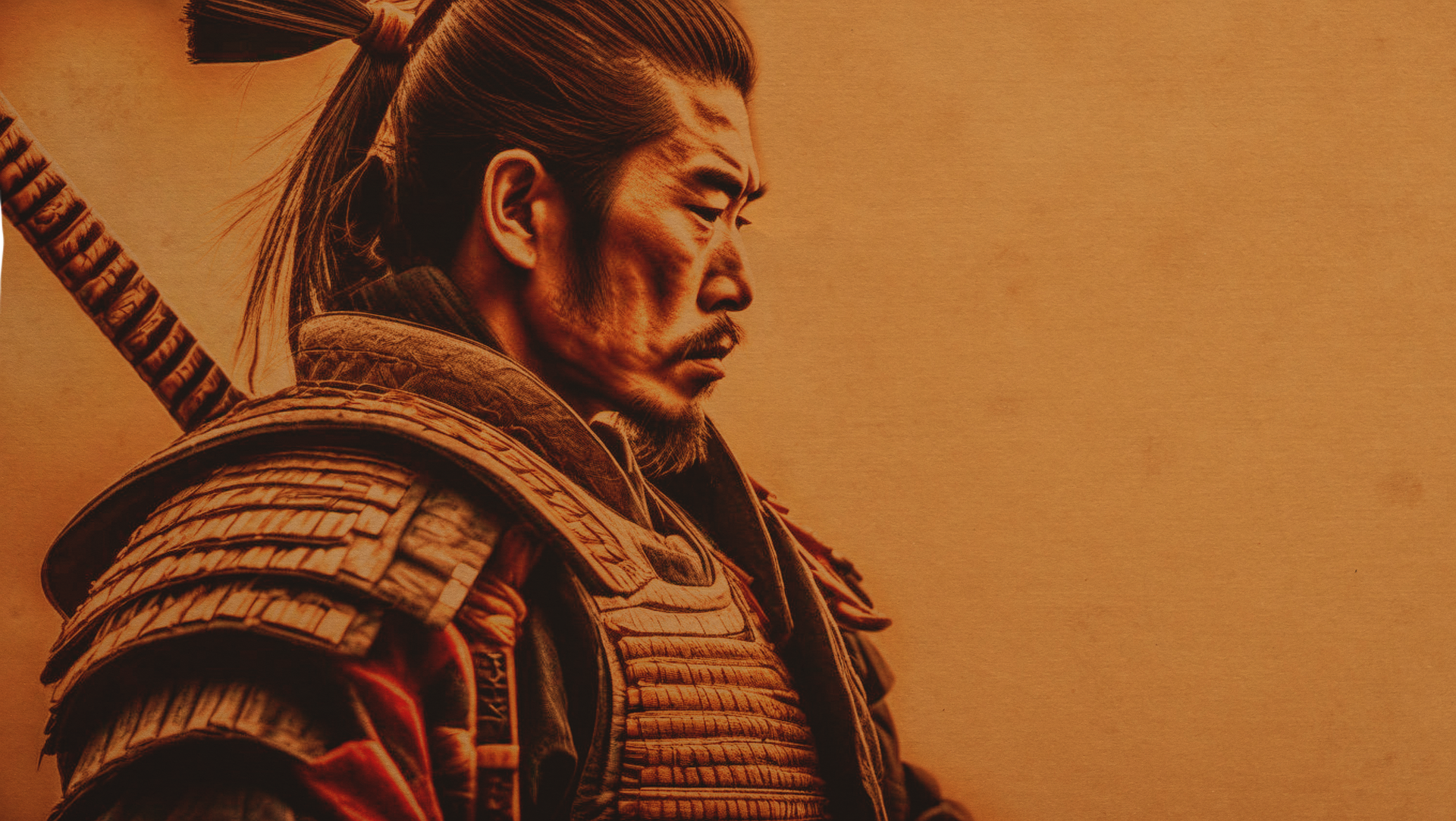
Career and Achievements
Mitsuhide’s early military career involved service under Ashikaga Yoshiaki. When Nobunaga began supporting Yoshiaki to install him as shogun in Kyoto, Mitsuhide played a key diplomatic and military role. After Nobunaga turned against Yoshiaki, Mitsuhide remained loyal to Nobunaga and was rewarded for his abilities. He was granted the province of Tanba and successfully pacified the region through a combination of warfare and strategic alliances. His meticulous governance and military acumen earned him Nobunaga’s trust, allowing him to participate in several critical campaigns, including those against the Asakura, Azai, and Ikko-ikki forces. He was also involved in constructing Azuchi Castle, a symbol of Nobunaga’s power.
Personality and Character
Mitsuhide was known for his cultured demeanor and intellectual interests. Unlike many of his contemporaries, he valued literature and was a known practitioner of poetry and classical Chinese studies. He was seen as dignified and thoughtful, with a strategic mind that sometimes clashed with Nobunaga’s more brutal and impulsive leadership style. His reputation among peers was mixed—respected by some for his sophistication and integrity, yet regarded with suspicion by others who perceived him as overly rigid or proud. ThoughtCo notes that his background in classical arts may have influenced his ethical and philosophical worldview, setting him apart from other warlords of his time.
The Honnō-ji Incident: Mitsuhide’s Defining Act
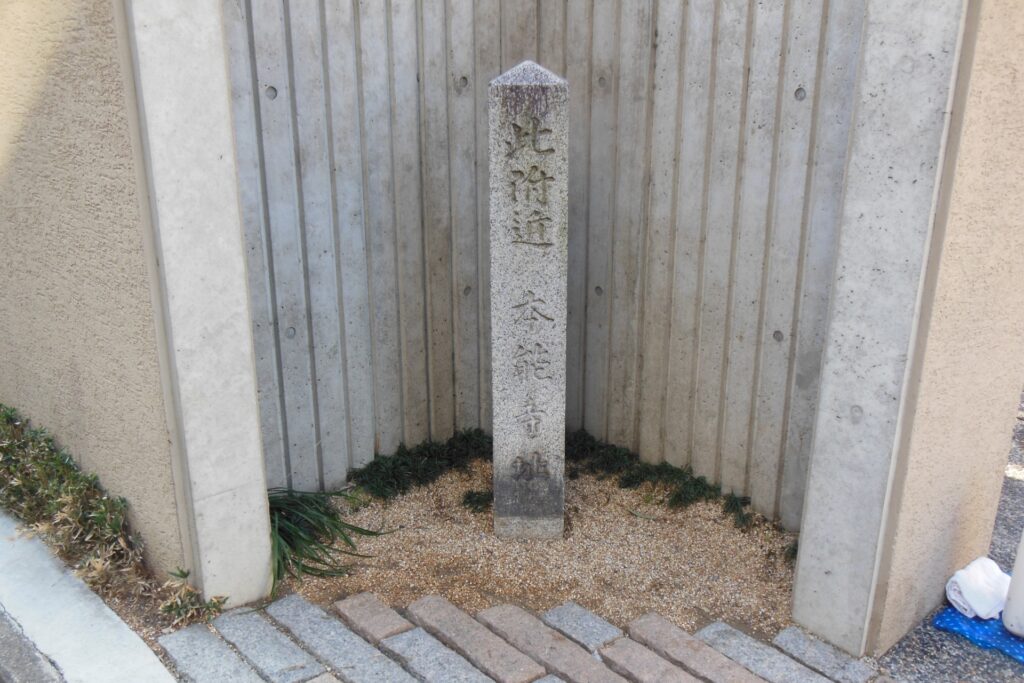
On June 21, 1582, Mitsuhide committed one of the most shocking betrayals in Japanese history. While Oda Nobunaga was staying at the Honnō-ji temple in Kyoto with minimal protection, Mitsuhide led his forces in a surprise attack. Nobunaga, caught off guard, fought briefly before committing seppuku. The betrayal stunned the nation. Within hours, the balance of power shifted, and Mitsuhide seized Kyoto, declaring his intention to govern in Nobunaga’s place. However, his coup would prove short-lived.

Why Did Akechi Mitsuhide Betray Nobunaga?
Historians remain divided on Mitsuhide’s motives. One theory suggests personal vengeance: Nobunaga had reportedly humiliated Mitsuhide publicly and seized his lands. Others argue that Mitsuhide disagreed with Nobunaga’s increasingly autocratic rule and brutal methods, including the destruction of Buddhist temples and mass executions. A more strategic view sees the betrayal as an opportunistic power grab in a volatile political environment. Cultural interpretations also play a role—where Western audiences often see Mitsuhide as a power-hungry traitor, Japanese scholars have sometimes painted him as a tragic idealist who sought a more humane governance model.
Was There a Mastermind Behind the Plot?
Speculation abounds about possible co-conspirators in the Honnō-ji Incident. Some theories point to Toyotomi Hideyoshi, who benefited most from Nobunaga’s death, as a possible behind-the-scenes player. Others mention Tokugawa Ieyasu, though evidence is lacking. Still, the timing of Hideyoshi’s swift response raises eyebrows. While no definitive proof implicates other major figures, the notion that Mitsuhide acted entirely alone remains a topic of historical debate. The absence of immediate allies during his brief reign suggests that if he did have co-conspirators, they abandoned him quickly after Nobunaga’s fall.
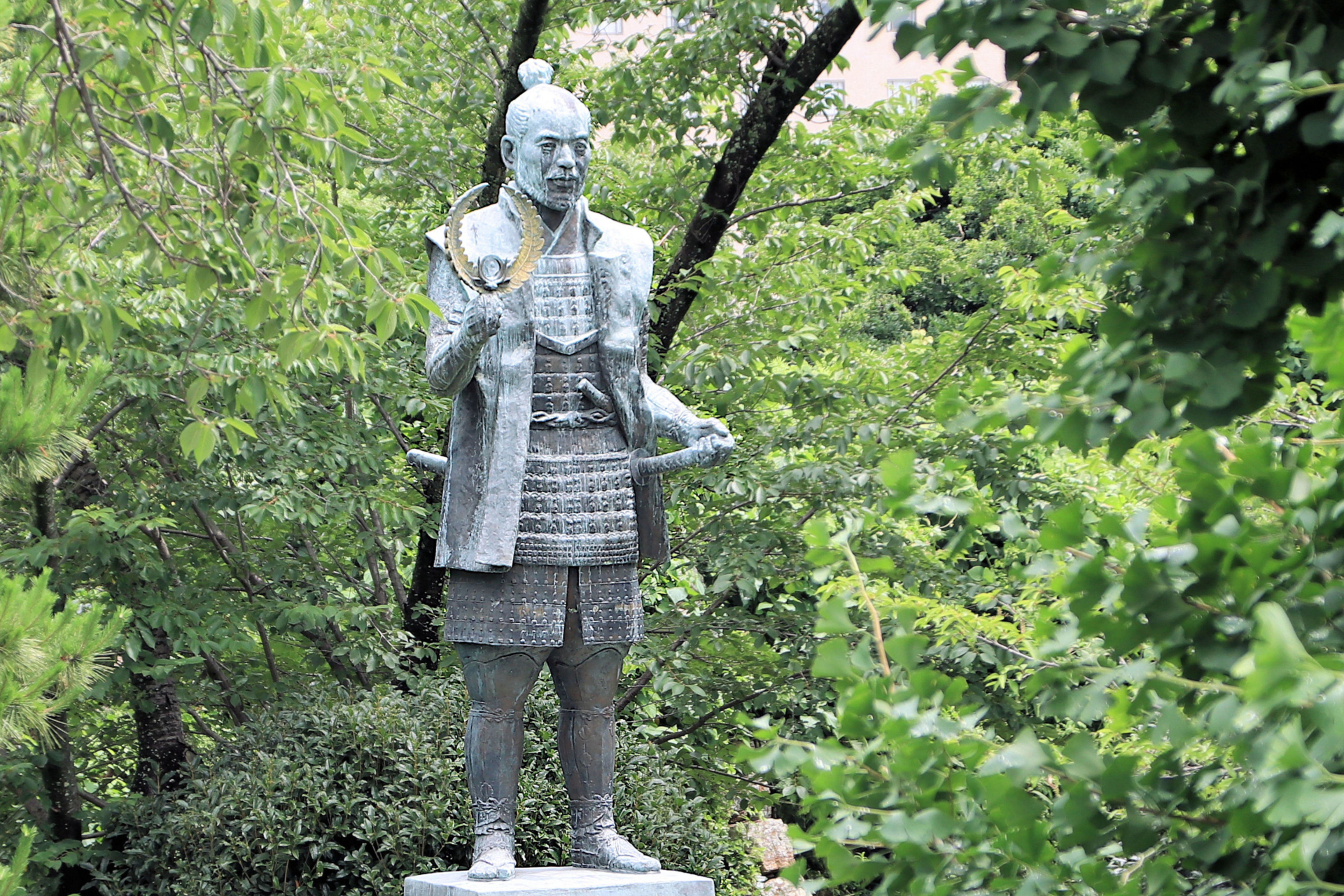
Aftermath: The Battle of Yamazaki

Just 13 days after the Honnō-ji Incident, Mitsuhide faced Toyotomi Hideyoshi at the Battle of Yamazaki. Hideyoshi, who had quickly concluded peace with the Mōri clan and marched his forces east, decisively defeated Mitsuhide near Kyoto. Mitsuhide’s troops, poorly prepared and outnumbered, were routed. His hopes for establishing a new order collapsed almost immediately, illustrating how isolated he had become despite his dramatic seizure of power.

The Mysterious Death of Akechi Mitsuhide
The exact circumstances of Mitsuhide’s death remain unclear. The most accepted account is that he was killed by a band of peasants while fleeing Yamazaki. However, other legends suggest he may have faked his death and lived on in obscurity or even under a new identity. Some fringe theories propose that he became a monk or traveled abroad. While these ideas remain speculative, they contribute to the enduring mystique surrounding Mitsuhide’s final moments.
Legacy and Modern Reappraisals of Akechi Mitsuhide
For centuries, Mitsuhide was vilified as a traitor in Japanese historiography. However, modern interpretations have become more nuanced. Academic studies and popular media, such as the NHK historical drama Kirin ga Kuru, have re-examined his character, portraying him as a reformist or tragic hero. In recent years, Mitsuhide has been depicted as a man caught between loyalty and principle, with scholars and audiences increasingly questioning the traditional narrative. His intellectual depth, combined with his dramatic fall, makes him a compelling subject for both history and fiction.
Was He a Villain or a Visionary?
This question remains central to Mitsuhide’s legacy. To some, he was a selfish opportunist who disrupted the unification of Japan. To others, he was a visionary leader disillusioned with tyranny. His actions arguably paved the way for Hideyoshi’s rise and the eventual Tokugawa shogunate, shaping Japan’s future in ways even he may not have intended. Interpretations differ significantly depending on cultural context. Western observers often emphasize the betrayal, while Japanese analyses increasingly focus on motives, ideals, and moral conflict.
Lesser-Known Facts About Akechi Mitsuhide
Beyond the battlefield, Mitsuhide had a rich personal life. He was a skilled poet and patron of the arts, often engaging in cultural pursuits uncommon for samurai. Some accounts suggest he had ties to early Christian missionaries, though this remains unproven. His family lineage continued for a time under the name Akechi, with some descendants reportedly entering priesthood or serving later domains. Legends and ghost stories about him persist in Japanese folklore, and temples like Sakamoto and Tamba house monuments and myths tied to his legacy.
Summary: Why Akechi Mitsuhide Still Captivates Us
Akechi Mitsuhide’s legacy endures because his story combines the allure of mystery, betrayal, idealism, and ambition. His brief but impactful defiance altered Japan’s history at a critical juncture. While long condemned as a traitor, modern reevaluations invite deeper reflection on loyalty, justice, and power. Mitsuhide remains a figure who challenges simple categorization—villain or visionary, opportunist or reformer—and it is this complexity that ensures his continued fascination for historians and storytellers alike.

